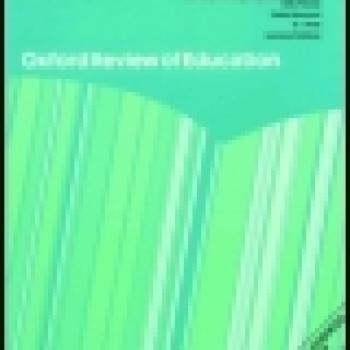
Using Young Lives longitudinal data from Peru, this paper explores the relationship between socio-economic status (SES) measured at the age of 1, opportunities to learn (OTL) and achievement in mathematics by the time children were in fourth grade of primary school. Four variables of OTL were measured: hours of class per year, curriculum coverage, quality of teachers' feedback, and level of cognitive demand. The last three were measured through an analysis of the exercises attempted by students in their notebooks and workbooks. Multivariate analysis showed a robust association of one of the OTL variables (curriculum coverage, more specifically number of exercises attempted by students) with achievement in mathematics. Moreover SES at the age of 1 was significantly associated with this variable and with achievement by the time students were in fourth grade. Overall, the findings of the paper illustrate a highly unequal educational system in which relatively poor children have fewer OTL in school.
Keywords: opportunities to learn, mathematics achievement, educational inequality, primary education, Peru.
The final published version of the article is available on the journal website.

Using Young Lives longitudinal data from Peru, this paper explores the relationship between socio-economic status (SES) measured at the age of 1, opportunities to learn (OTL) and achievement in mathematics by the time children were in fourth grade of primary school. Four variables of OTL were measured: hours of class per year, curriculum coverage, quality of teachers' feedback, and level of cognitive demand. The last three were measured through an analysis of the exercises attempted by students in their notebooks and workbooks. Multivariate analysis showed a robust association of one of the OTL variables (curriculum coverage, more specifically number of exercises attempted by students) with achievement in mathematics. Moreover SES at the age of 1 was significantly associated with this variable and with achievement by the time students were in fourth grade. Overall, the findings of the paper illustrate a highly unequal educational system in which relatively poor children have fewer OTL in school.
Keywords: opportunities to learn, mathematics achievement, educational inequality, primary education, Peru.
The final published version of the article is available on the journal website.

